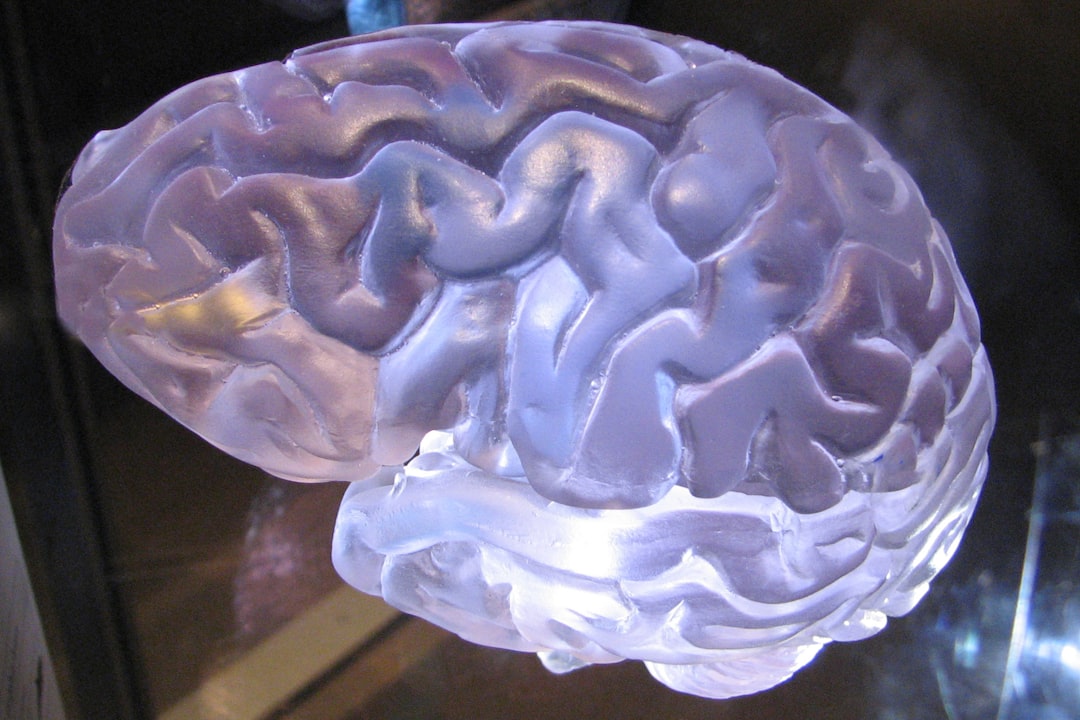What is it about?
Latent fingerprints can be detected by a range of methods, for example dry powder or dyes that selectively stain a component of the fingerprint. Paper is absorbent, so techniques such as powdering have limited effectiveness. The common staining techniques applied to paper are problematic on thermal papers such as receipts, as they cause a blackening of the surface, or need all the text and ink detail to be removed. We have used a vacuum metal deposition (VMD) technique, to apply thin layers of silver, gold and/or zinc to image the fingerprint without the common problems. We show the best process to use, which is dependent on the particular paper.
Featured Image

Photo by George Prentzas on Unsplash
Why is it important?
Vacuum metal deposition (VMD) is a rapidly growing technique for developing latent fingerprints, this work demonstrates and mitigates factors that can affect the quality of development, and is integrated into the process development by manufacturers as part of the expansion of this sector. This work is also part of the underpinning validation to achieve accreditation of laboratories to ISO standards, required by the Forensic Science Regulator for ensuring quality across the sector.
Read the Original
This page is a summary of: The optimisation of fingermark enhancement by VMD and Lumicyano™ on thermal paper, Science & Justice, October 2019, Elsevier,
DOI: 10.1016/j.scijus.2019.10.004.
You can read the full text:
Contributors
The following have contributed to this page










